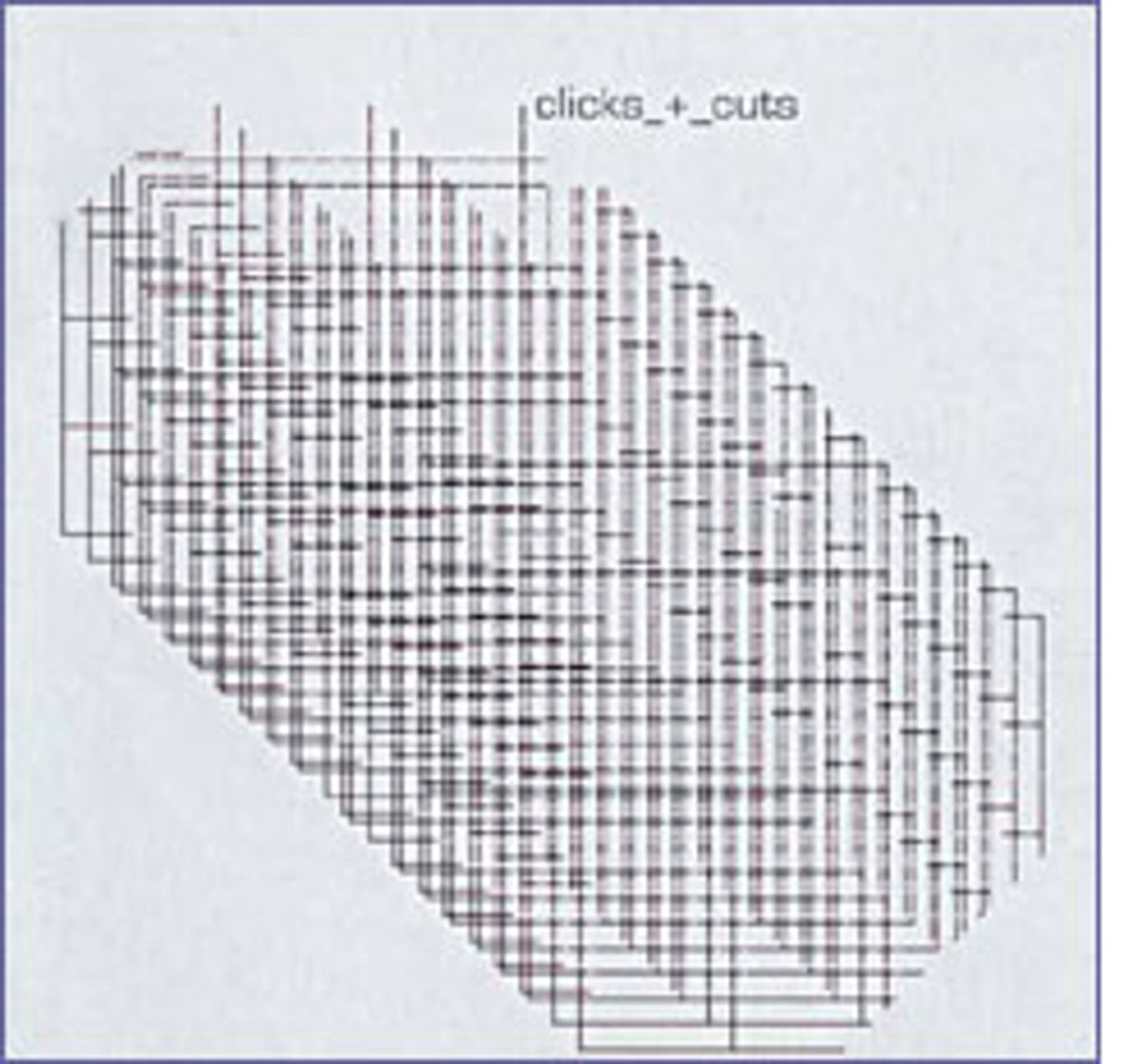The photo that accompanies Morphine's final album is a blurry shot of the trio set against a clear sky spotted with wispy clouds. It's black and white, and angled from below, so we're looking up at the band. Billy Conway and Dana Colley are stage left, as it were, dressed in black and walking away from the camera.
Mark Sandman is set apart on the other side of the picture, one foot kicked back, his arms swinging upward. He's wearing sunglasses and a white shirt, and he looks like he's about to fly away. Somehow, he looks happy.
He probably wasn't: Sandman hated most of the bullshit that accompanied being a working rock 'n' roll musician, and I can't see him cherishing a photo shoot that cut into a beautiful Boston spring afternoon.
Mark Sandman collapsed onstage on July 3, 1999, clutching his signature two-string slide bass. Morphine were headlining a music festival in Palestrina, Italy, when he had a massive heart attack. Sandman was dead before he reached the hospital. He was 46 years old.
"The Night" was completed just before Sandman's death; Morphine had been working on it for years out of the lead singer's home studio in Cambridge. Sure enough, "The Night" is a haunting, majestic album, almost as good as the band's greatest record, "Cure for Pain" (1993). Sandman was a wonderful person, colorful and charming and decent. He got a late start in the rock game, after having done time as a cab driver and a fisherman, and until the end of his life he gigged endlessly around Cambridge with surf-rock projects, expanded group improvs and anyone who would show up at the Plough and Stars.
It would have been hard to criticize him. He was a shining presence in the Boston music scene, and the community there is still in mourning. Orchestra Morphine, a project made up of Conway, Colley and a host of musicians Sandman played with and knew, conduct public grieving sessions every now and again.
From its inception in the early '90s, when Sandman was already well into his 30s, Morphine always excelled at illuminating the moments between: the moment between the reach and the first kiss, the moment between the skid and the crash. And those moments -- the moment when Conway lifts his snare brush off the drum head and you can hear Colley's quick intake of breath before he unfurls a moaning baritone sax dirge; the moment when Sandman's lungs stretch to gulp down the last rush of air before he breathes out a drawn-out couplet -- define "The Night," nowhere more so than on the album's eponymous opening track.
"The Night" announces itself with a reverberating drum shuffle and Sandman's low bass drones. The moment the sax comes bleating in over Jane Scarpantoni's cello is as pure an emotional snapshot as Morphine have ever captured on disc. The last time the band was as stark was on "In Spite of Me," the song used in "Spanking the Monkey" seven years ago. In a sense, "The Night" -- full of longing, travel, desire and fear -- can even, without too much stretching, be read as a prophetic embrace of an afterworld: "Another world outside my door/Here I stand, I'm all alone/Driving down a pitch black road."
Elsewhere, Morphine extend the singular, gutbucket sound they've carved out over the past decade. Sandman added a handful of outside musicians to "The Night" for the first time in Morphine's history. In addition to Scarpantoni, bassist Mike Rivard and violinist Joseph Kessler join in for some tracks; Brahim Fridgane adds an oud on one number; John Medeski sits in on organ on a pair of tunes; and original drummer Jerome Deupree joins Conway on 10 out of 11 songs. The result is as spacious and roomy as Morphine have always been, with added texture and layers. Scarpantoni in particular gives Morphine a thickness to their lower register that was often missing in the past, and Medeski gives some swamp funk to "Top Floor, Bottom Buzzer." With Sandman's reverberating purr in top form and Colley working in a bass saxophone, Morphine push the "low rock" sound they were known for even lower, making music that often can be felt in your gut before it's heard.
Other songs, like the Tom Waits-style "Like a Mirror," which features Sandman talking through what sounds to be a megaphone, and the Middle Eastern-tinged "Rope on Fire," with Sandman singing in a higher register than anywhere else in the Morphine oeuvre, also expand the band's sound while retaining its unmistakable feel.
But it's "The Night," with those heartbreaking spaces, that defines the album. "You're a bedtime story," Sandman says in a voice that's both gut-wrenching and seductive. "The one that keeps the curtains closed/And I hope you're waiting for me/'Cuz I can't make it on my own." With that line, Colley breathes slowly into his sax for eight full, lazy beats before launching into a solo.
And then Sandman returns: "It's too dark to see the landmarks/And I don't want your good luck charms/I hope you're waiting for me/Across your carpet of stars."



Shares